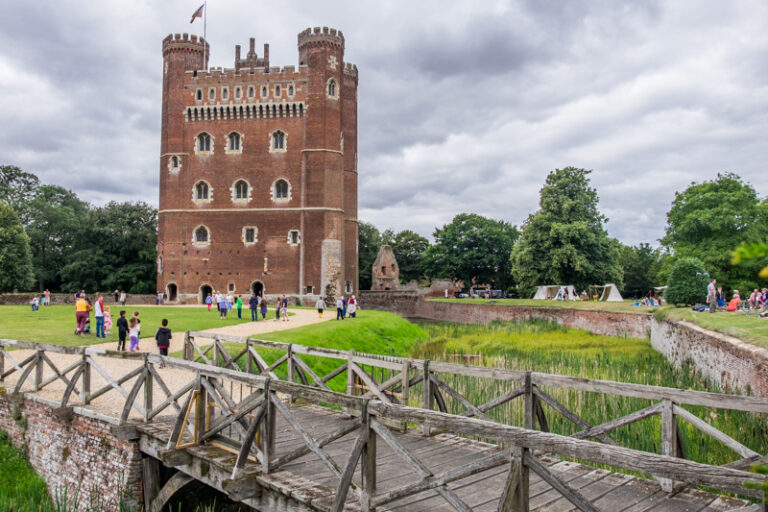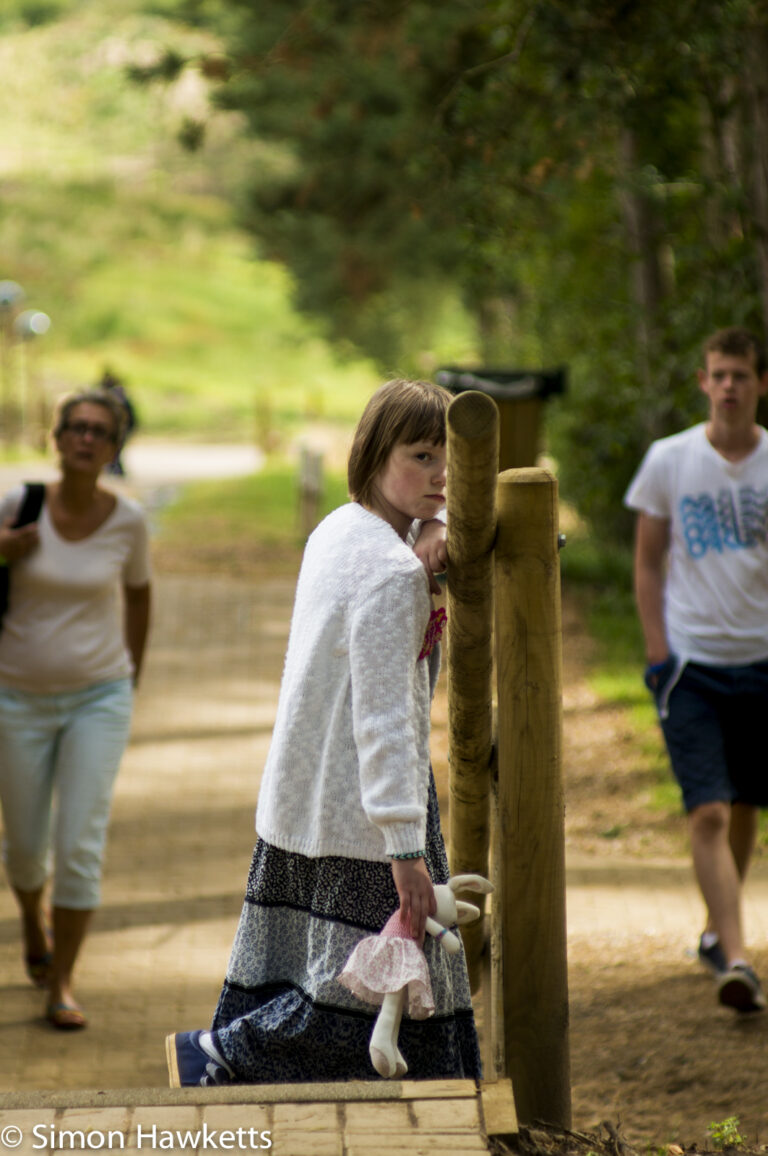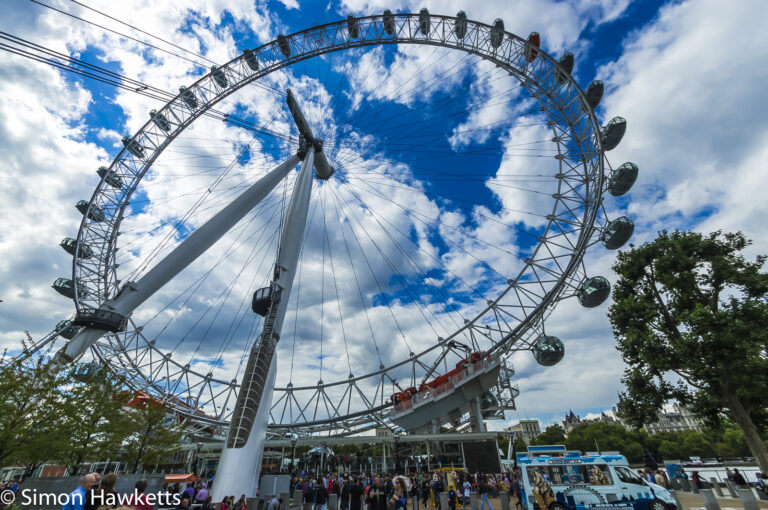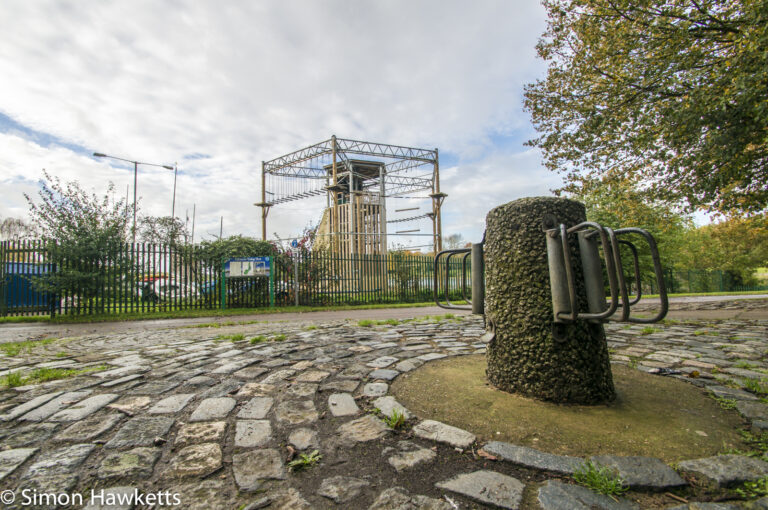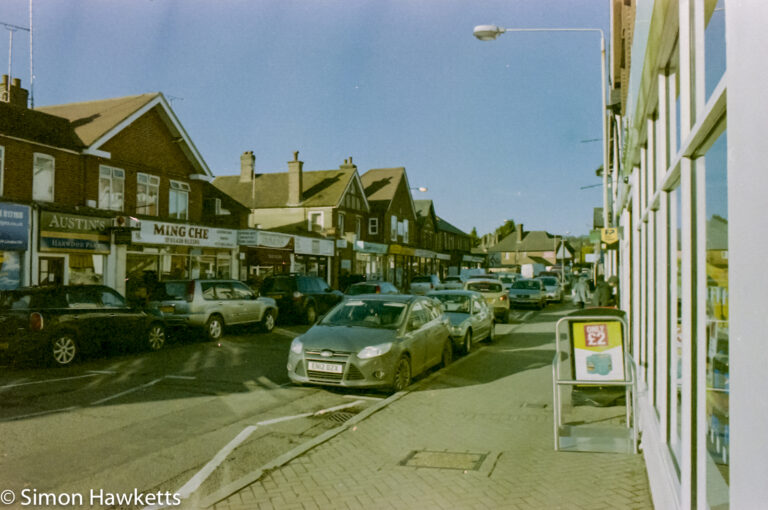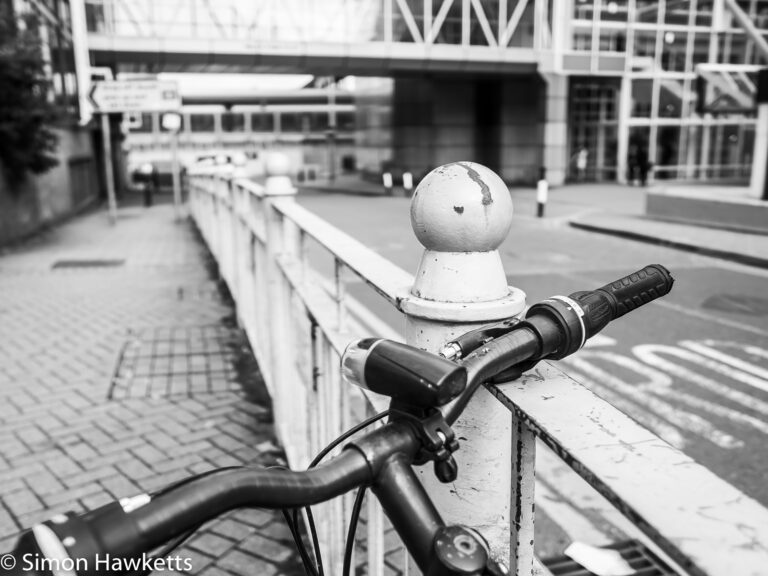Recovering negatives from found film
Occasionally, when I buy a film camera for my collection, I discover that a previous owner has left a partially exposed film in it. Because of that I now always make sure I check if a camera has a film in before I open the back because it seems such a shame to fog a film without trying to recover some pictures from it.
In the past, I’ve sent these ‘discovered again’ lost films off to a lab for development, but the results from that have not been very good, I think because they put all films through the same process and films which are very old need different treatment. Because I’ve started developing my own colour films, I thought I’d have a try at seeing if I could get better negatives if I did the development myself.
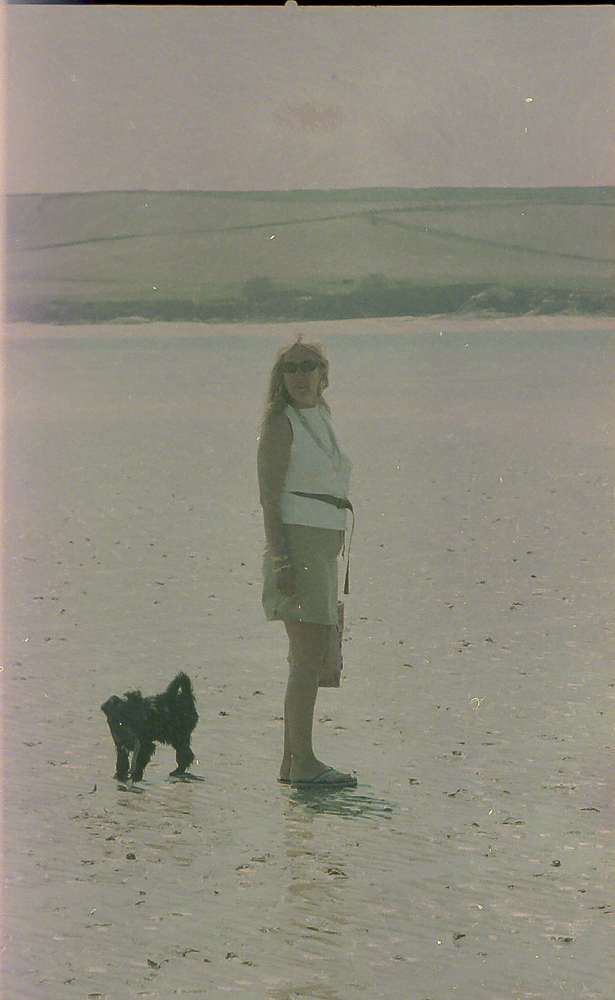
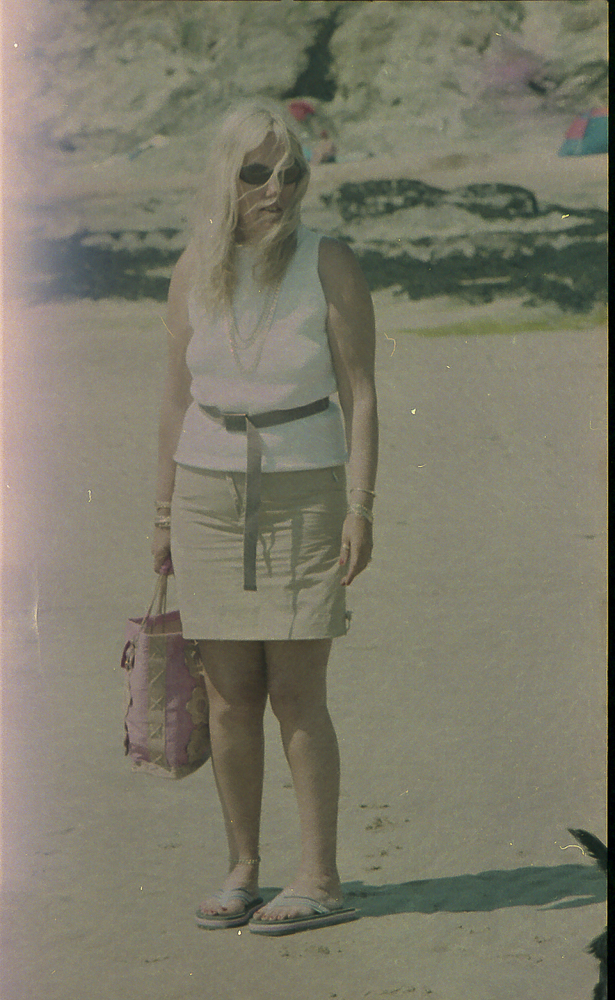
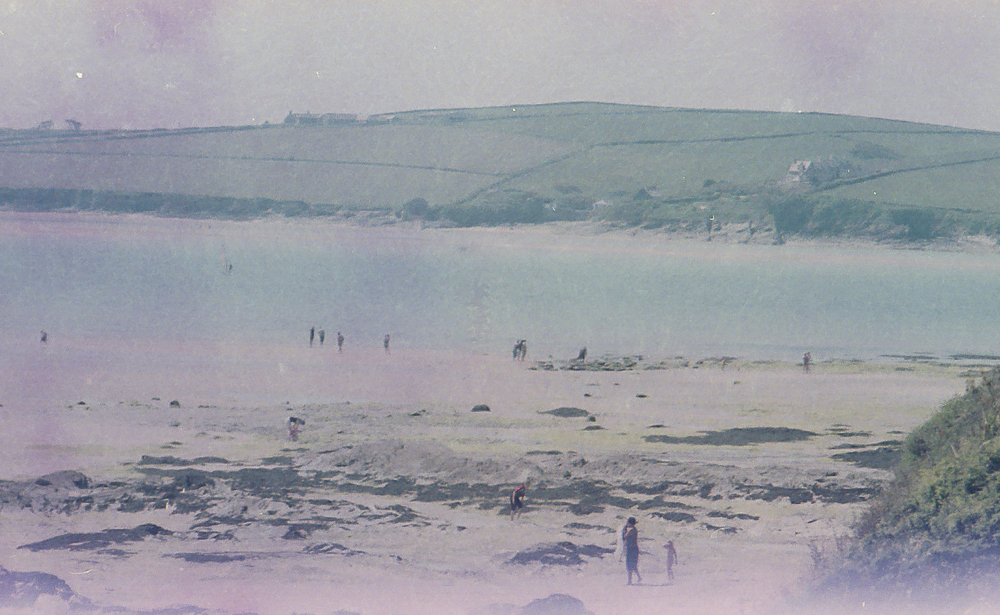
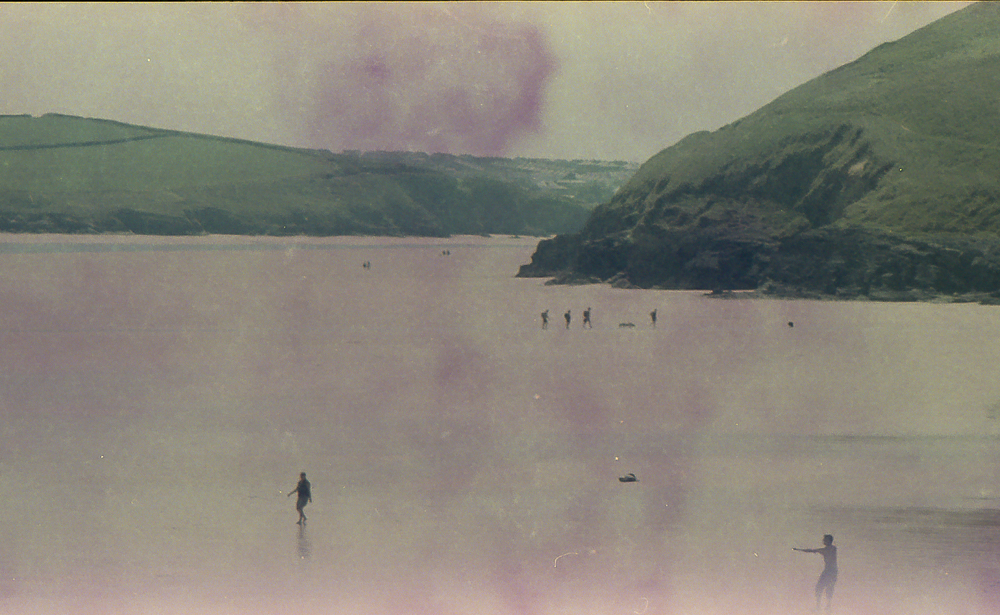
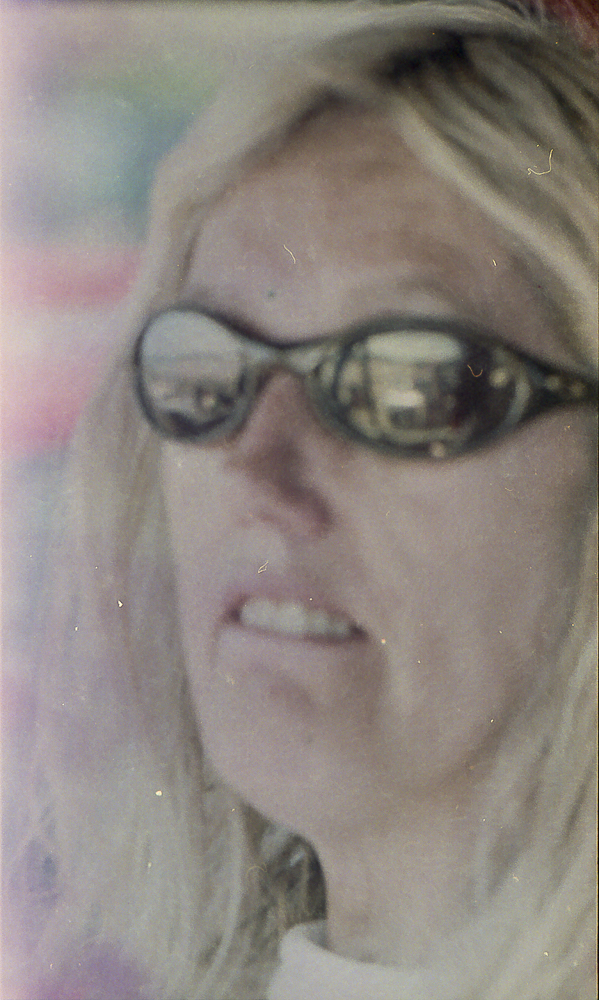
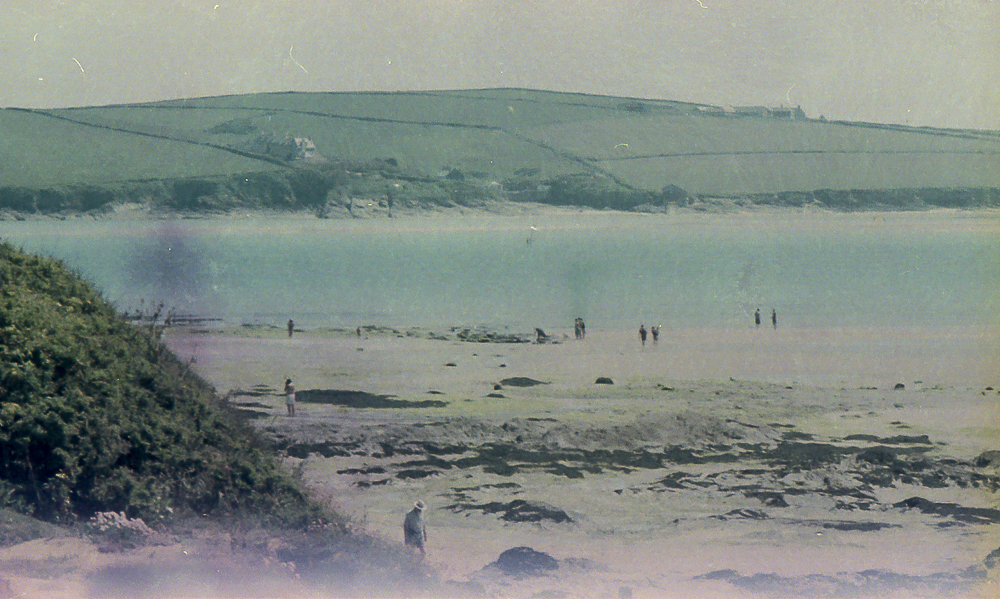
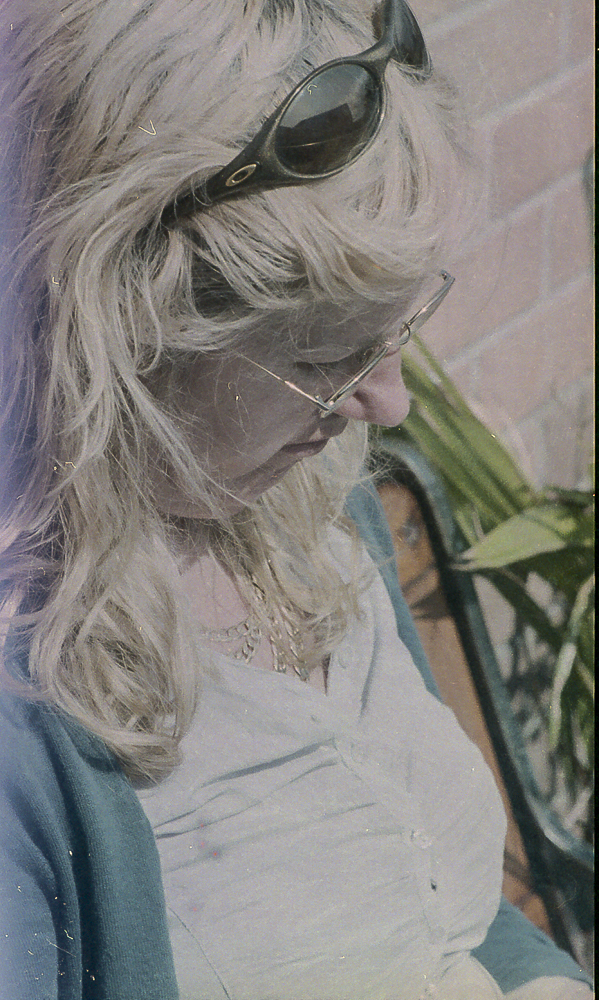
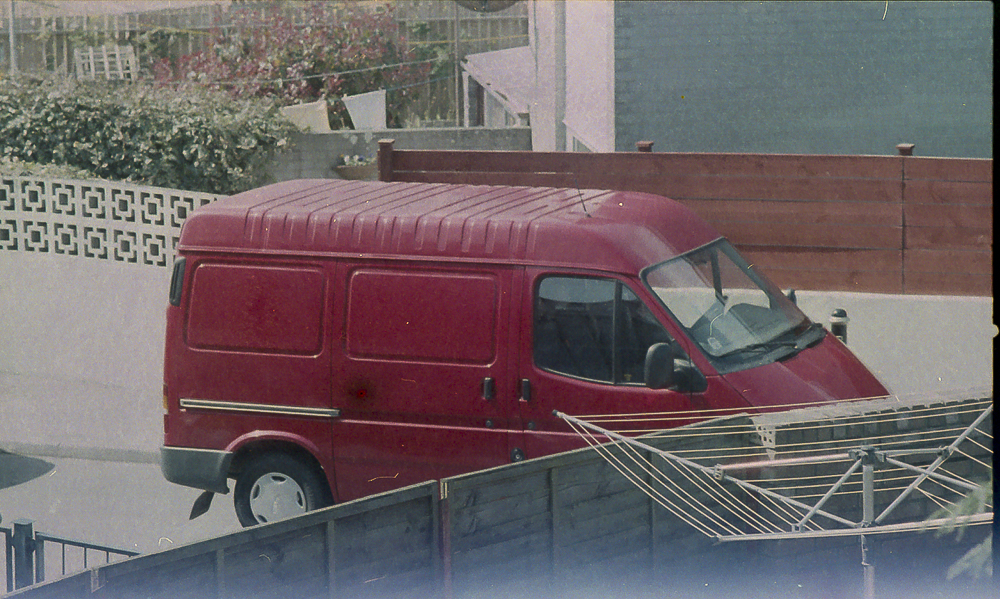

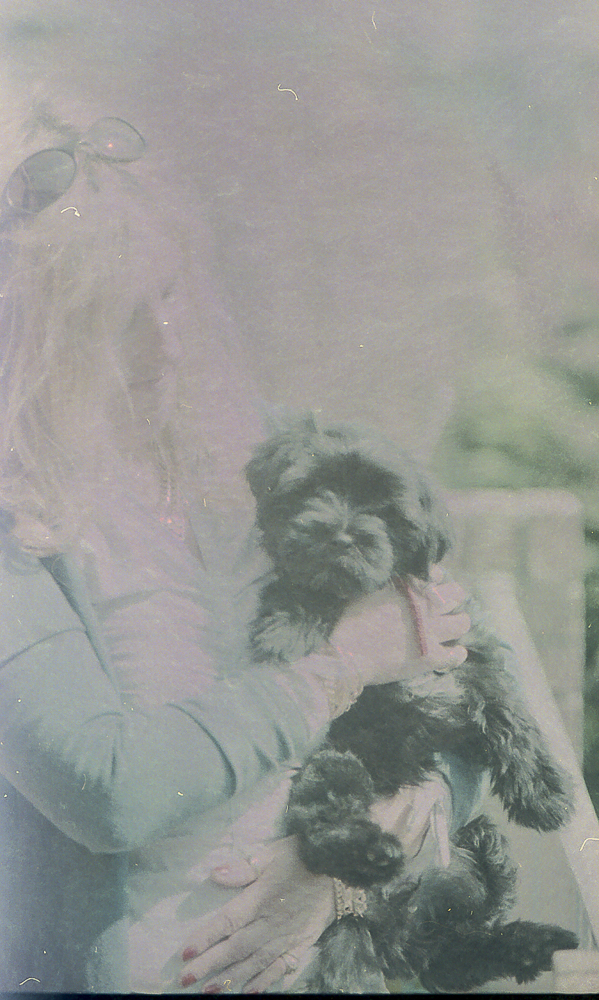
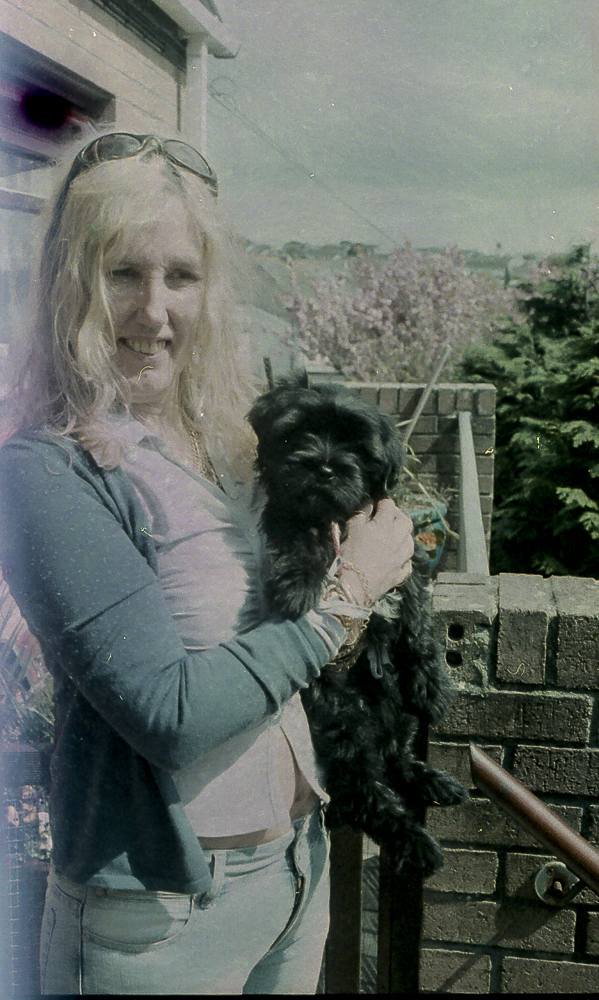
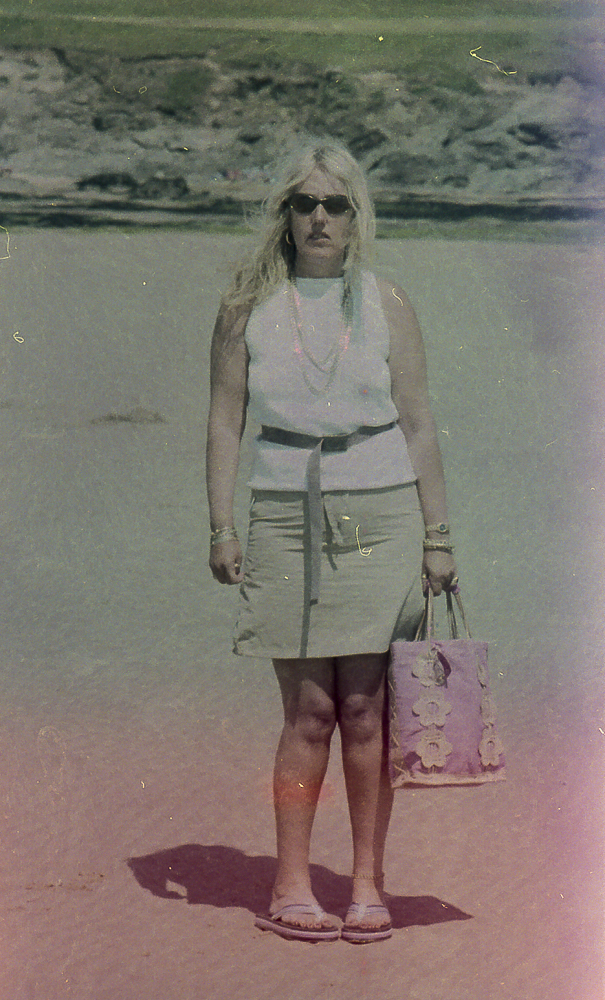
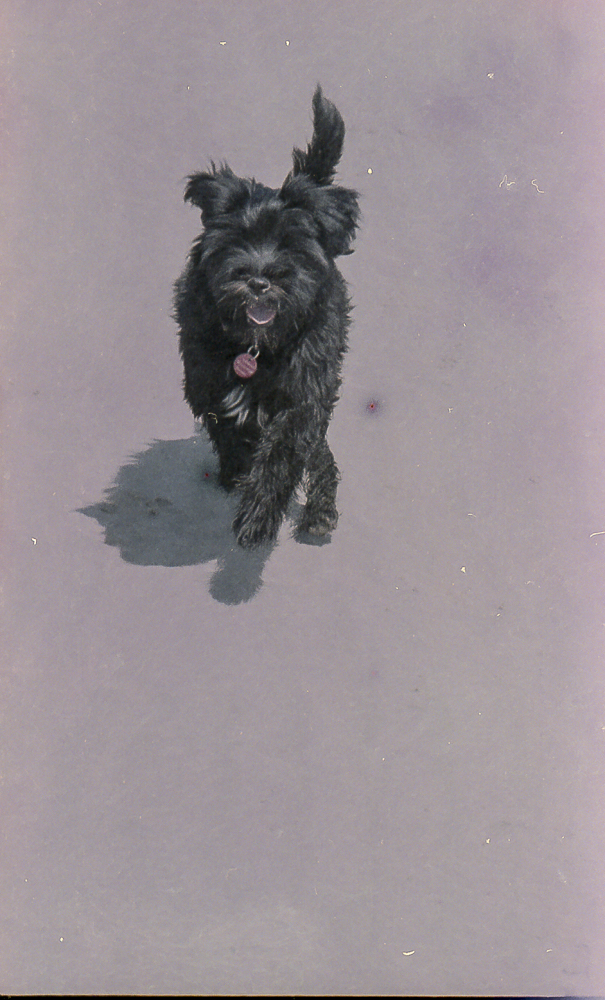
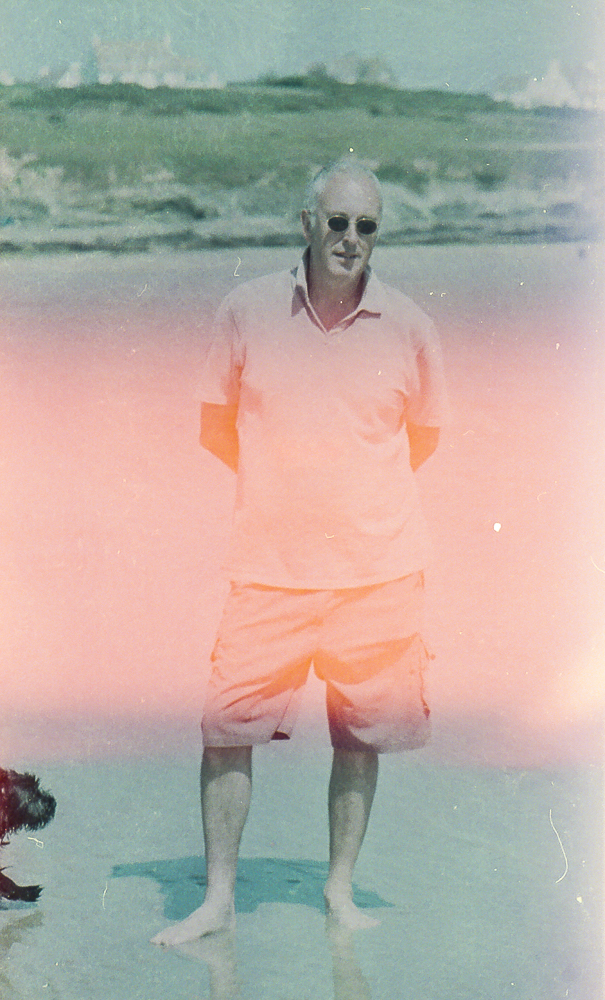
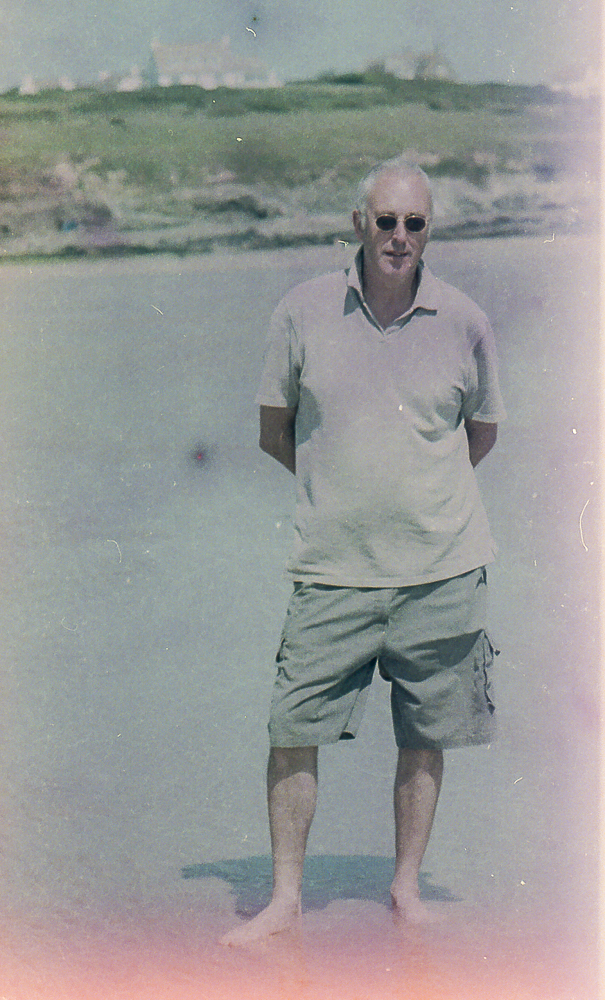
Of course the problem when you find these films is that you have no idea how old they are or how the camera and film has been stored. Quite often, old cameras are stored in lofts where they get very hot in the summer, which is about the worst treatment to preserve film. What I can say, is that every one of these lost films that I’ve had developed in the past has always come out looking very under exposed, grainy and flat so I decided the approach I would take would be to maximize the development to try to bring out as much detail as possible.
At the moment, I have about 6 films which I’ve collected over the last few months, and I decided to try developing an Agfacolor XRG 200, DX coded 36 exposure film which I acquired in (I think) a Pentax Z-10 camera a couple of months ago. Although I can’t tell how long the film has been in the camera, a search on google revealed that the film was first in stock at Amazon UK in 2006, so it’s likely to have been in the camera for only about 5 to 10 years.
Normally I develop my C41 films using a digibase kit, and generally carry out the process at about 25°C which allows the timing to be more relaxed that the normal process at 37°C. On this occasion however, I wanted to extend the development time and didn’t want to spend the 30 or 40 minutes needed at 25°C, so I heated the chemicals to as close to 35°C as I could and then developed the film for 11 minutes. I also increased the agitation so that as well as the normal inversion of the tank every 30 sec, I also added some extra inversions every 2 minutes or so.
After the color developer I gave the film 8 minutes in the bleach and then another 8 minutes in the fixer – in my (limited) experience of colour film development I’ve found that you can’t really overdo these steps so I just made sure I gave the film enough time.
The real test of how well the process went was when I took the film out of the tank and I’m pleased to say it seemed quite effective. Although the negatives are quite flat, there are certainly better than any I’ve had developed by the lab, and I could make out some recognizable scenes on the film as I examined it whilst wet.
As I removed the film from the spiral I could see that there were about 15 images on the film, then a fully exposed section, and then a completely blank section. Obviously the completely exposed section was where the back had been opened as some time, presumably by the eBay seller before they sold the camera – fortunately they left the film inside. I think it’s always assumed that if the back has been opened the film is ruined and there’s no point trying to develop it, but that isn’t the case. Because the film is tightly wound on the film take up spool, it is actually well protected so as long as the camera back is shut again quickly, most of the shots will still be ok.
Once the film had been hung up and was fully dried, I cut it into sections and scanned the resulting negatives using an Epson V550 Photo scanner. The results, after import into Lightroom and a bit of post processing, are shown above. In Lightroom I applied a white balance correction because there was quite a orange tint to most of the images, and I needed to boost the contrast a bit, but didn’t have to do too much with anything else.
All in all I’m quite pleased. Although there are some odd colour casts and the definition is not brilliant they are certainly better than some of the other negatives I’ve recovered from old cameras.
Looking at pictures like these you start to wonder about the people and places in them. Did this couple enjoy their holiday? Where did they go? What have they done since? Probably questions that will never be answered, but at least these memories that some unknown person recorded will be preserved.

